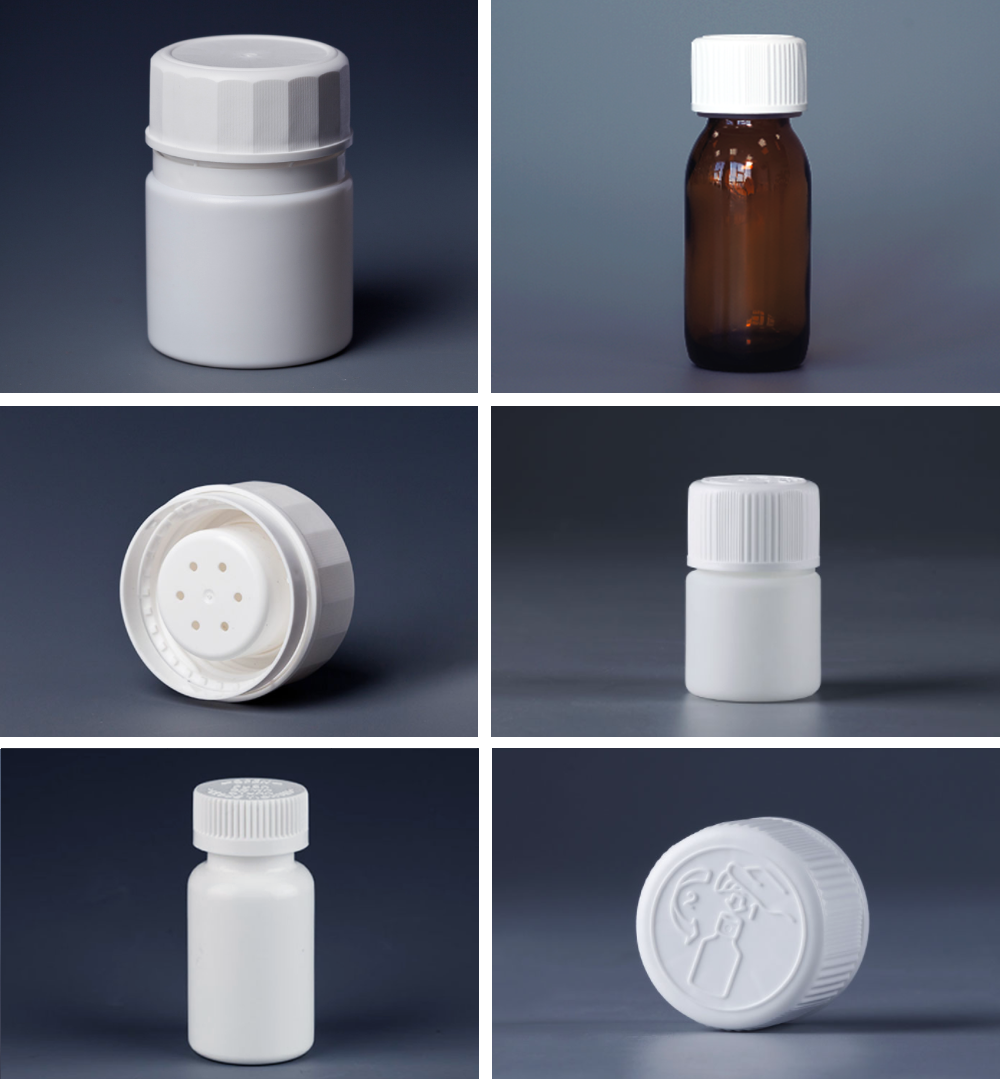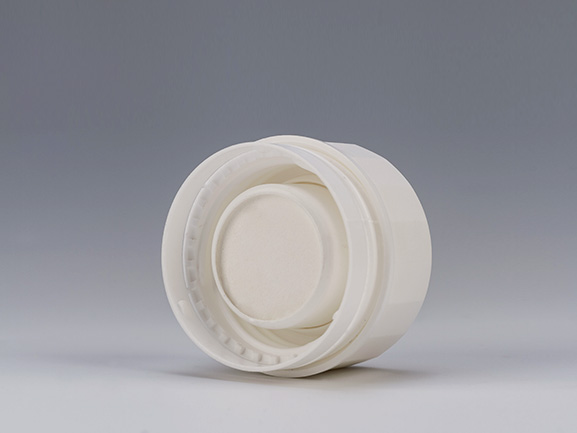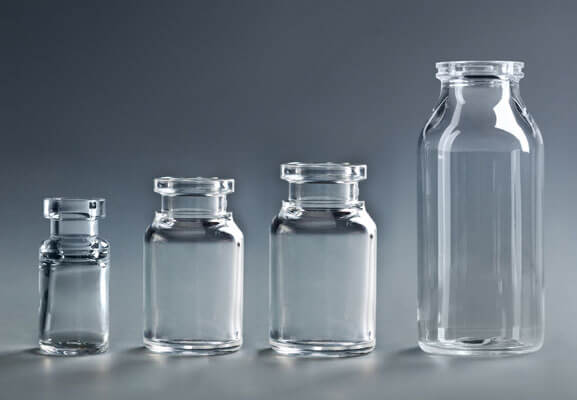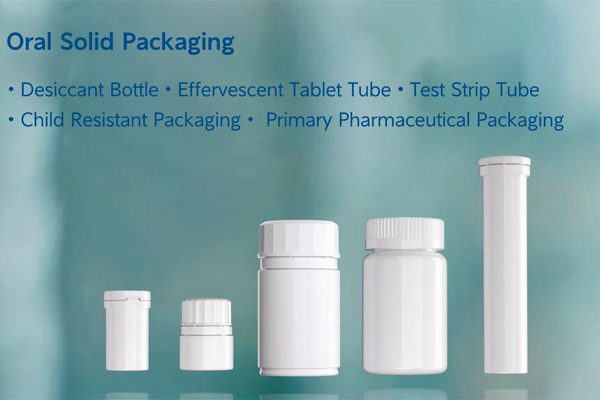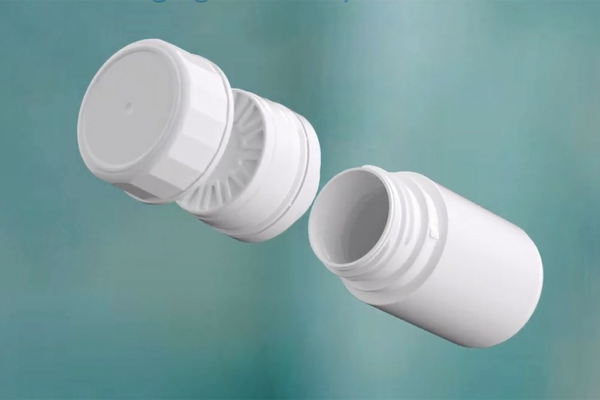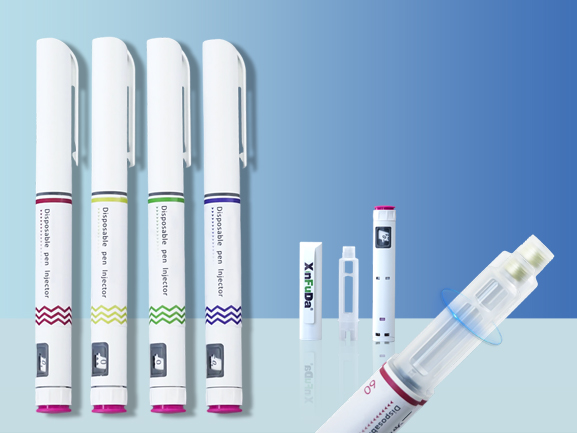During a child's growth, curiosity and the desire to explore are inevitable. This innate thirst for knowledge can sometimes pose risks, particularly in cases of accidental medicine ingestion. Parents are often deeply concerned about their children's safety when they come into contact with medications, making the design of child-resistant packaging crucial for ensuring safety. Child Resistant Cap were developed to address this issue, utilizing intelligent design to reduce the risk of accidental ingestion and keep children safe.
Among the key components of these caps, LDPE (Low-Density Polyethylene) material plays an indispensable role. As a lightweight yet durable plastic, LDPE is widely used in the liners of Child Resistant Caps for oral medications. Below, we explore the advantages and applications of LDPE in these safety caps.
28mm child resistant cap for liquid medicine
1. Lightweight Yet Durable – Ensuring Medication Safety
LDPE is highly resilient, resistant to tearing or puncturing, and ensures the strength and durability of Child Resistant Caps. This material is not only lightweight but also capable of withstanding pressure, playing a critical role in preventing children from accidentally opening medicine bottles. Even if a child applies force to open the cap, the LDPE liner remains intact, preventing leaks or accidental ingestion. As a result, LDPE liners are an ideal material for ensuring the effectiveness of Child Resistant Caps for oral medications.
2. Excellent Adaptability – Meeting Diverse Packaging Needs
Oral medications come in various forms, including solid tablets, liquid formulations, and other drug preparations. Different types of medications have different packaging requirements. LDPE liners offer exceptional adaptability, meeting the needs of various drug packaging solutions. Whether for soft tablets or concentrated liquid medications, LDPE provides reliable protection, ensuring the safety and integrity of the medication inside the packaging. Particularly for child-resistant packaging, LDPE’s versatility offers the best solution for different drug formulations.
3. Eco-Friendly and Sustainable – Aligning with Modern Development Needs
While ensuring safety, LDPE is also environmentally friendly. As a recyclable plastic, its production and usage have a relatively low environmental impact, aligning with modern sustainability requirements. With growing environmental awareness, more pharmaceutical companies prioritize packaging materials that not only ensure safety but also meet high eco-friendly standards. LDPE, as a recyclable plastic, fulfills this demand, making it an essential material in child-resistant medication packaging.
4. Compliance with Pharmaceutical Standards – Guaranteeing Quality and Safety
Beyond its excellent physical properties, LDPE undergoes strict quality testing and safety certifications. It complies with various pharmaceutical industry standards, ensuring that its use in child-resistant packaging meets regulatory requirements. Whether in terms of medication safety or consumer health protection, LDPE delivers high-standard assurance without compromise.
As awareness of child medication safety continues to grow, the design and material selection of Child Resistant Caps have become a key focus for pharmaceutical companies. LDPE, as a critical material for cap liners, not only enhances packaging safety but also meets modern environmental needs, making it the ideal choice for Child Resistant Caps.

